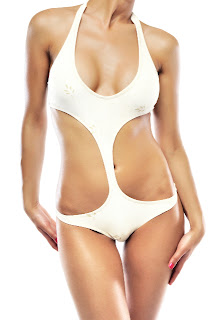Have you ever woken up after a long night's sleep feeling like you had been chewing on gravel while you slept? A pair of new studies has found that Botox, the drug commonly used to help individuals improve their looks by reducing the appearance of fine lines and wrinkles on the face, can also help those who suffer from nighttime teeth grinding.
MyHealthNewsDaily.com reports that researchers from the University of Texas Health Science Center in Houston tested the efficacy of using Botox injections to treat nocturnal bruxism, or chronic nighttime teeth-grinding.
For the study, 23 patients with nocturnal bruxism were randomly assigned to receive a Botox injection or a placebo injection. Four weeks after the initial injection, participants and their partners were questioned about whether their nighttime teeth grinding had improved. Scientists found that the Botox was found to provide significant relief to those who received it, while the only side effect was a slight change in appearance for some people when smiling.
A separate study, conducted by scientists at the Henry Ford Medical Center in Detroit, showed that patients who were experienced severe bruxism following head injuries benefitted from Botox injections, and experienced no side effects, according to MedicalXPress.com.
DeltaSleepLabs.com reports that nocturnal teeth grinding is one of the most common sleep disorders affecting 30 to 40 million Americans. Many people don't know they have the condition and are alerted to it by their partner or a dentist. Nocturnal bruxism can damage the teeth, and has been associated with headaches and pain in the jaw area.
Experts say larger scale studies are needed to determine if Botox is effective in treating teeth grinding.
It's important to note that the wrinkle-reducing injectable has been approved for several other non-cosmetic uses as well. According toBotoxMedical.com, Botox is also commonly used to treat urinary incontinence, chronic headaches, muscle stiffness, cervical dystonia and eye problems including muscle problems with the eyes (strabismus) or abnormal spasm of the eyelids (blepharospasm). Scientists are also currently testing Botox's efficacy in treating other conditions such as asthma.
However, the most common use of the drug is to treat crow's feet, laugh lines and other wrinkles by temporarily paralyzing the muscles. According to the American Society for Aesthetic Plastic Surgery, Botox was the most commonly performed non-cosmetic surgical procedure in 2011, with more than 2.6 million individuals undergoing it.
While Botox often provides positive cosmetic results with few side effects, its effects are not permanent and injections need to be repeated every three to six months for the best results.
Individuals interested in the procedure should speak with a licensed, board-certified plastic surgeon or cosmetic dermatologist to ensure their safety and a positive outcome.













